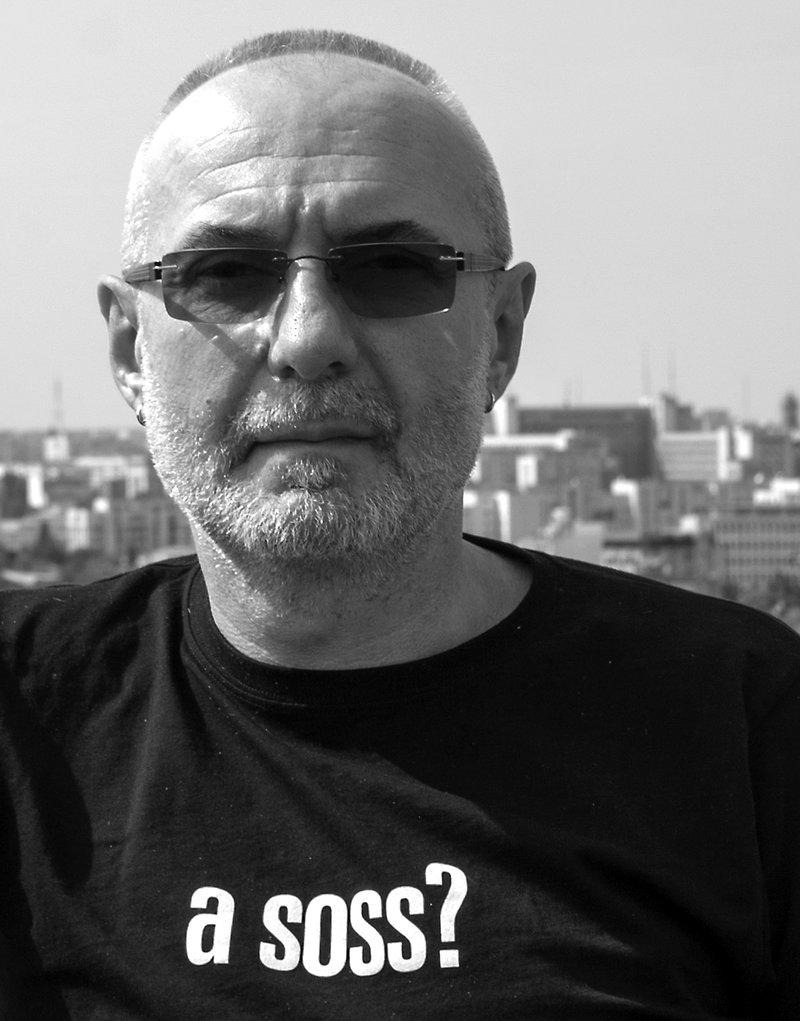Calin Dan

Talking Museums
This year's CIMAM Conference opened with a sense of doubt by throwing at its first day panelists and public the question: Is the museum still a place for debate? The word still placed symmetrically at the middle of the sentence already gives a direction to the interrogation: at very best we are experiencing the end of the debate interval, and we have tolook beyond this function, towards something new.
Without claiming to be able to measure my thoughts on the scholarly written keynote paper of Patricia Falguières, I will try to insert a few elements in what seems to be a thread for polemic debates in the year or so that precedes the next conference and – let us not forget – election round for a new CIMAM Board. First of all, a paradox: while museums are presented as institutions in a crisis of credibility ever since the rise of the institutional critique trend, their role in the build up of various types of (local) identity is increasingly strong lately. A good example was offered at the conference by Jack Persekian, who delivered an argument about the creation and functioning of the Palestinian Museum, an institution without a clear venue, without a collection, but with an obvious role in the debate around the complex issues of the Palestinian identity. We could thus infer that debate-ability is a strategic necessity for the survival of the museums in a context of continuous institutional questioning coming from various sectors of the society. As the globalization perspective has once more radicalized the intellectual discourse, introducing a new critical dimension through the relational art (in its post-Bourriaud version), the art objects’ production was displaced from the centre of the visual culture scene by the discourse, seen as a key element for fueling the institutional activities of various types of spaces (museums, artists run spaces, and even art fairs). Ever since, the commercial and the non-commercial art divisions of today have come to a truce as they meet in the territory of words – the debate.
The big absent in the above question-phrase is the word political. Because all the commotion around Bartomeu Marí’s management of the MACBA crisis (which brought actually the debate topic on the agenda of CIMAM 2015) is about politics, and not much else. As a proof – no mental space was given to a discussion about the sheer quality of the artwork in question. Squashed between the politically correct and the financially adapted discourses, the intrinsic quality of art has become a completely irrelevant topic, and even its mentioning is met with an embarrassed silence.
My concern is that this is precisely the point where we have to stop and have a debate – about art’s place and about the rules by which we judge it in all this mayhem of priorities that go from ideological to commercial, avoiding time and again the autonomous qualities of cultural production. I know that this point of view is highly inappropriate in a world saturated with social and political crisis, but I have to kindly remind my distinguished colleagues – artists, curators, museum workers and scholars – that such things as aesthetics, philosophy, poetry are still at work here. It might be my reflex as a visual artist working also in the field of cultural management – but I strongly believe in correcting the course of cultural action as soon as it has reached a level of unanimity. Now, political correctness became a dangerously dominant trend and it is our duty as a creative, intellectually alert group, to look at the consequences of this dominance. There are three simple ways of looking historically at the apparition of museums. One is the etymological source of Musaeum, the institution gathering in Alexandria the best and most prolific intellectuals of the time, around an impressive library. With noart collection, the place was dedicated to all disciplines of humanist research of the time – a place of debate one could say. The other way is the Renaissance cabinet, where art was at the centre of any gathering of the luminaries of that specific period. The third important step is the early modern museum, where the private ownership of the art patrimony becomes public domain. From there on, the responsibility of defining the ways through which we look at art became diffuse, complex, and even more important. No matter where the preference goes, we should keep in mind that politics is just one dimension of the present. Let us not regret later that we wasted too much time on its turnabouts. The author would like to extend his gratitude to the Getty Foundation for the generous grant allowing him to participate in the CIMAM 2015 Conference in Tokyo, enabling most challenging intellectual encounters with inspiring colleagues and art works, of which these lines are a modest result.